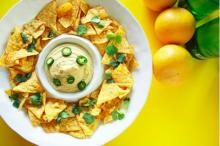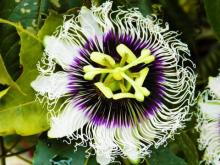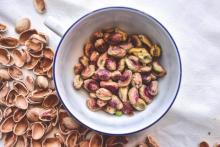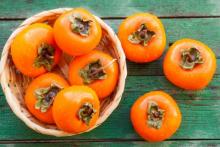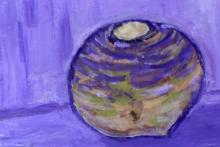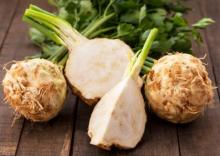A Raw, Creamy Vegan Nacho Cheese Recipe Everyone Will Love
If you want to make a crowd happy with food, then start with this vegan queso recipe. Its creamy deliciousness will please vegans, vegetarians, and omnivores alike. While there are many vegan foods that don’t stand up to their non-vegan counterparts in terms of flavor, I can tell you with confidence that this one is better than the original. So, on to all the reasons to love this vegan cheese recipe, how to make it, and some other important things you should know about ingredients.

